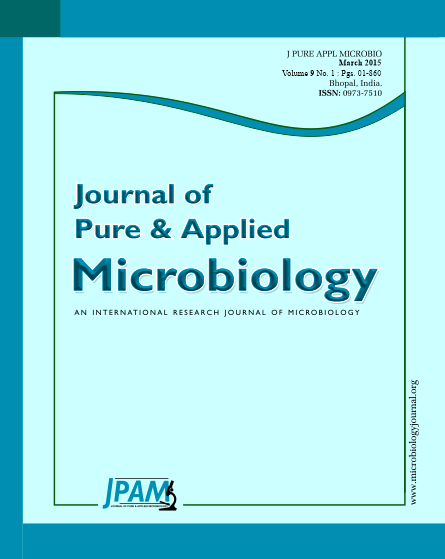As there is conflicting data regarding the impact of dual infection. Many previous studies reported that dual infection led to more severe histological changes with rapid progression to cirrhosis. While other studies did not confirm these findings .Therefore, this study aimed to compare the virological and histological changes between HBV/HCV co-infection and mono-infection of HBV and HCV in Saudi patients. Three hundred Saudi patients were enrolledin this retrospective descriptive study. Mono-infection of HCV was observed in 50 patients, considered as subgroup I, while another 25 had mono-infection of HBV, and considered as subgroup II. Also, dual infection was observed in18 patients who had dual positivity for HBs-Ag and hepatitis C virus antibody (HCV-Ab) considered as Subgroup III. Quantitative HBV-DNA polymerase chain reaction (HBV-DNA-PCR) and HCV-RNA-PCR assays, serum alanine aminotransferase (ALT) and liver biopsy (METAVIR scoring system) results were studied. All patients were naive for antiviral treatment. Regards the HBe-Ag status, it was found to be more in the subgroup II alone than in the subgroup III (p = 0.017). In addition, the raised ALT level was found to be more in the subgroup III than in the subgroup I and subgroup II with statistically significant difference between patients’ subgroups (p = 0.016). When comparing the HBV viral load between the subgroup III and subgroup II, the HBV DNA levels showed a statistical significant difference (p= 0.021).Also, When comparing the HCV viral load between the subgroup III and the subgroup I, the HCV RNA levels showed a statistical significant difference (p= 0.034), histological characteristics revealed significantly higher values of necroinflammatory, fibrosis and steatosis scores in subgroup III compared to subgroup I and subgroup II. Virological and histological properties of dual infection showed significant differences compared to the single infections among Saudi patients.
Hepatitis C virus, Hepatitis B virus, Dual hepatitis B and C co-infection, Real time PCR
© The Author(s) 2015. Open Access. This article is distributed under the terms of the Creative Commons Attribution 4.0 International License which permits unrestricted use, sharing, distribution, and reproduction in any medium, provided you give appropriate credit to the original author(s) and the source, provide a link to the Creative Commons license, and indicate if changes were made.


